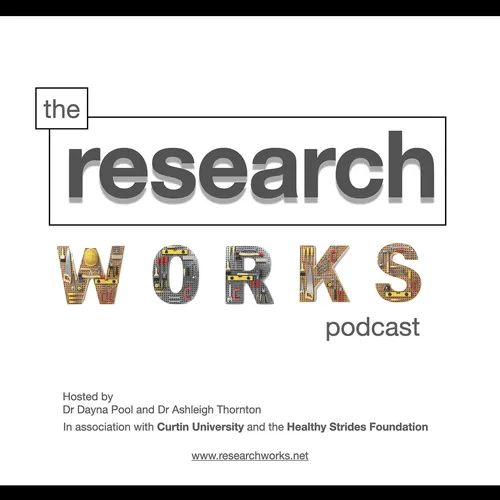Episode 203 (Assoc. Prof Brian Hoare and Dr Sue Greaves)
- Author
- Dr Dayna Pool and Dr Ashleigh Thornton
- Published
- Fri 07 Mar 2025
- Episode Link
- https://www.researchworks.net
Upper Limb Therapy for Infants and Young Children with Unilateral Cerebral Palsy: A Clinical Framework
Susan Greaves, Brian Hoare
PMID: 39598017 PMCID: PMC11594546 DOI: 10.3390/jcm13226873
Abstract
Early detection and rehabilitation interventions are essential to optimise motor function in infants and young children with unilateral cerebral palsy. In this paper we report a clinical framework aimed at enhancing upper limb therapy for infants and young children with unilateral cerebral palsy during a sensitive period of brain development.
We describe two major therapeutic approaches based on motor learning principles and evidence: constraint-induced movement therapy and bimanual therapy. These two therapies have demonstrated efficacy in older children and emerging evidence is available for their application to infants younger than 2 years of age. To provide clinicians with guidance as to when to implement these therapies, we discuss the key consideration when undertaking upper limb therapy programs. In addition, we describe the factors to consider when choosing which approach may be suitable for an individual child and family. Detailed strategies for implementing these therapies in infants and young children of different ability levels are given.
Keywords: bimanual therapy; constraint-induced movement therapy; early intervention; unilateral cerebral palsy; upper limb.
https://pubmed.ncbi.nlm.nih.gov/39598017/
